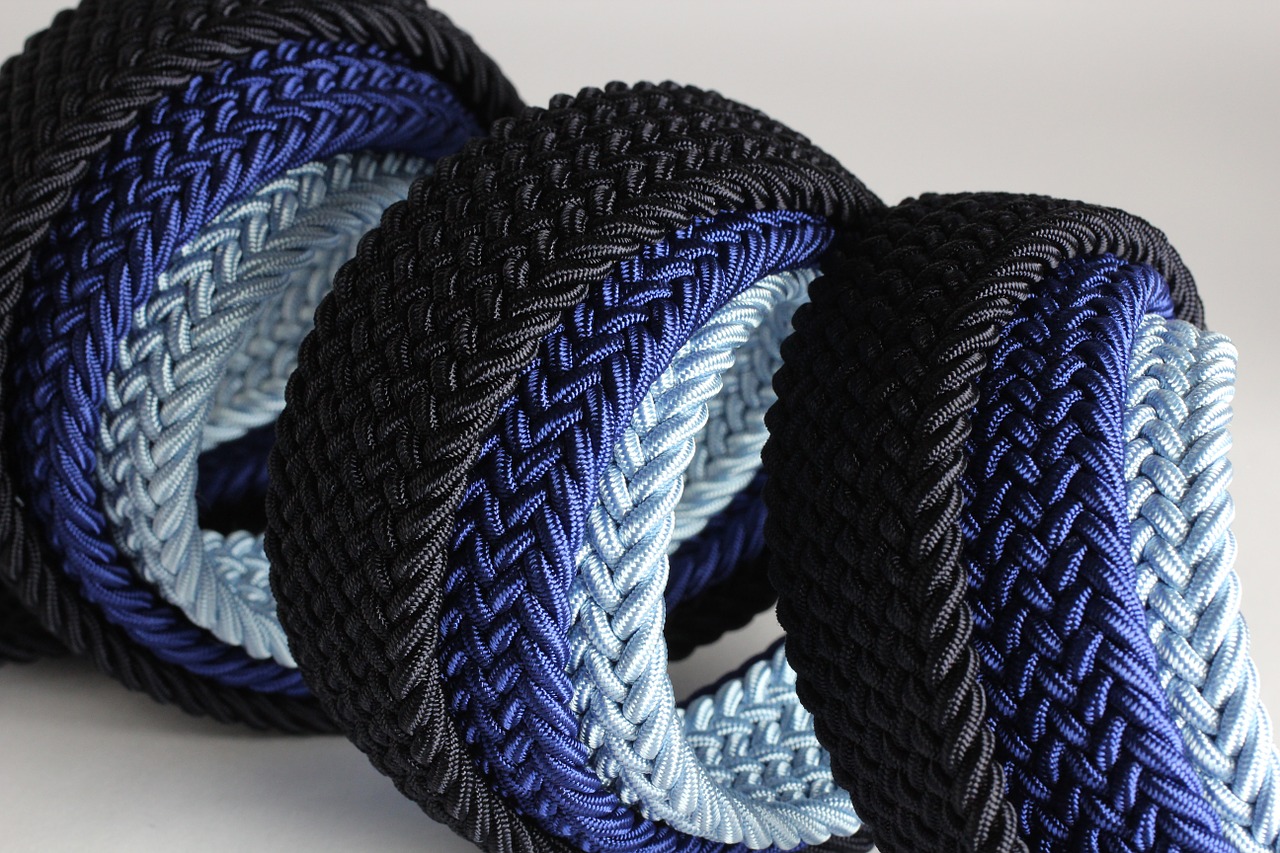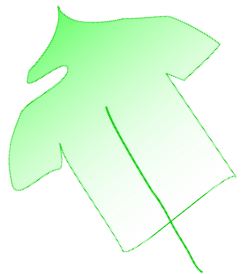Belts: how to choose vegan belt and how to know your belt size

Belts are type of everyday worn product that almost by default are excepted to be from animal based materials. Leather belts are used throughout the world as functional piece and status symbol accessories of the owner. Although vegan belts are easily available it is not always trivial to find one that meets all required criteria for long term comfortable utilization.
Most of apparel, accessories and some convenient stores have belts for sale. Online purchasing options are abundant as well. Unfortunately, big chunk of those options is made of animal based materials produced by an industry contributing to at least some form of animal suffering that we would like to eliminate. In this short guide you will see what other options are available, how to choose proper cruelty free material for your belt application and how to know your belt size when you can not measure it directly - while shopping online for example.
Belt is an accessory that are worn with dresses, pants, coats, shirts and more. It can serve a practical purpose in your wardrobe (hold up your pants, carrying tools and other stuff), make a fashion statement or both. Men's and women's belts typically look very different, but they can also be made similar.
Most commonly belts are produced from various types of leather, polyester, nylon, vinyl, silicone rubber, cotton, hemp and other natural plant based fibers, and blended materials of natural and man made fabrics. Sometimes only part of a belt is made of leather and the rest is plant based or man-made. It is important to keep that in mind, especially during online shopping.
Belts can be made in different colors too. While the color choice of more traditional leather belts is quite limited, plastic and canvas ones are produced in great variety of fun colors and patterns.
Most belts are composed of two main parts: belt strap and buckle or frame.

Some belts are stretchable and elastic, and some can even have no buckle all together.
How to know your belt size?
You belt size is most likely will be different from your cloths size, because cloths sizes are not precisely measured and also it is not uncommon for different companies to label their product's sizes differently for the same clothing item metrics. Belt sizes are more uniform and precise. That's why it is important to accurately measure your belt size before purchasing.
This principles are the same for men and for women belt measurements.
Place a measuring tape around your waist, where you would apply the belt or insert it in a belt loops of your pants as you would a belt and take the measurement . You can also use your existing belt that comfortably fits, straighten it on a table and carefully measure the length from belt buckle to the hole you usually closing that belt on. Instead of a measuring tape you can also use any other non stretching twine or tape, mark the right spot on it and measure the resulting length.
Belt size represents a length of the belt to the middle hole in inches in US or in centimeters in Europe. Belts have more then one hole (usually five), so there is a wiggle room for your purchase. If your measurement falls in between sizes – round it up. You better have a belt that is a little bit big then one that is uncomfortably pushing on your belly.
While buying your belt it is also important to take into account the belt's width and it's compatibility with belt loop size on your pants, dress etc. you intend to wear that belt with. Of course there is nothing wrong with having a multipurpose belt that is compatible with multiple clothing items. In fact we think it's even better and more convenient.
Cruelty free belt production materials
Different materials got their pros and cons for belts depending on belt's intended purpose. Belts made of plastic materials, like vinyl, polyester and nylon are water resistant, unlike leather. They also require very little to non maintenance. Canvas belts woven from plant based thin fibers may range significantly in their strength and appearance. The ones more decorative in appearance are intended mostly for women. Those belts appear fairly gentle and thin and are less durable and therefore less suited for outdoor activities and jobs but are a good choice as a fashion accessory. Thicker canvas belts tend to be rougher and stronger therefore are not suited for decorative use. Those belts are almost indestructible. As such they're preferred type for outdoors, army, hard labor and power uses. Silicone rubber belts are very durable and resistant, yet you should be careful on how you fold them as it can break while strongly folded. Same can happened with some plastic belts. For that reason those types of belts should be kept open or rolled up.
Our advise of good belt material (vegan) based on intended usage:
For regular day to day use (school, office, etc.) vinyl, polyester, nylon and plant based canvas would make a great choice, whereas for active outdoors applications (such as trek, expedition, army and so on) coarser fibers made webbing will be really comfortable, durable and strong as it should be.
It is also important to wisely choose the material your belt buckle is made of. Depending on belt's intended usage, some buckle materials are better suited then others. For example, iron or steel will rust relatively quickly in water or moisture close proximity – so they are probably incompatible for long-term outdoors or sport activities. Plastic belt buckle or frame is resistant to water damage, although it may break under extensive pressure, so you should mind the stress level that can be put on it.
Belt buckles can also come in different shapes, such as frame stile, box frame, snap buckle, rectangular, circular or half-circular shapes.
No buckle belts: some of the advantages include no pressure on user's belly and no signs left on the body by buckle, there's no need to repeatedly open and close the belt every time you need to take your pants off . Those belts are stretchable and elastic. Full disclosure – I've never used a no buckle belt, so there are probably some features, advantages and disadvantages that are missing in this article. If you have some experience with them please leave a comment and help make the article more complete.
